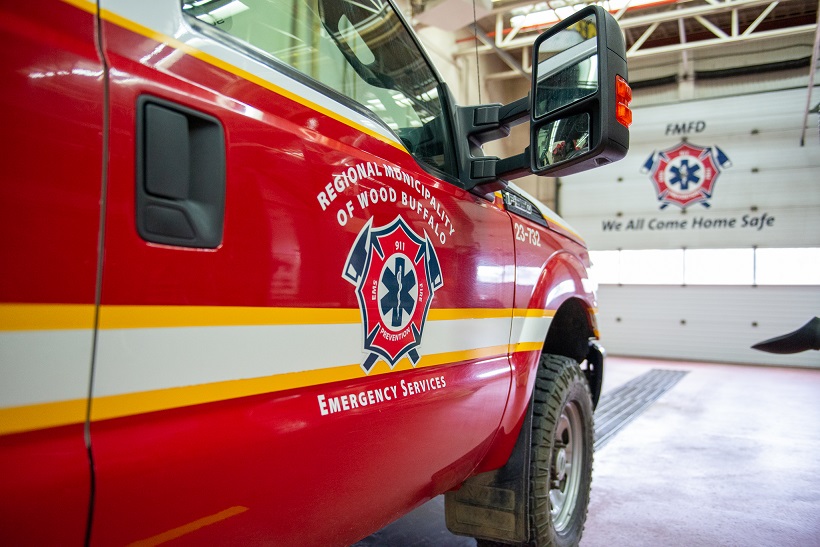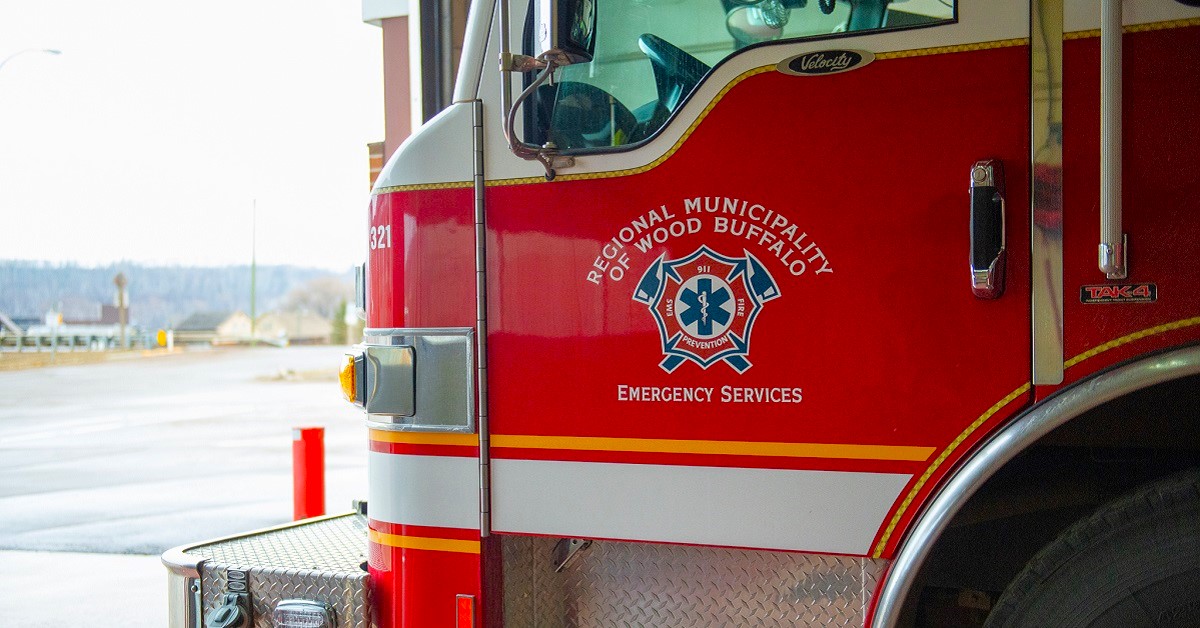Working smoke alarms save lives. Make sure everyone in the house knows what to do when a smoke alarm sounds by practicing your home escape plan
Testing and Maintenance
- Test smoke alarms monthly to make surethey work properly.
- Replace batteries in battery-operated smoke alarms at least once a year.
- Replace smoke alarms every 10 years from the manufacture date.
Installation
- Install smoke alarms in every bedroom, outside each sleeping area, and on every level of the home.
- Large homes may require additional alarms.
- Hardwired smoke alarms should be interconnected so that when one sounds, they all sound.
Placement
- Mount alarms on ceilings or high on walls.
- Keep smoke alarms at least 10 feet (3 meters) away from kitchen stoves to reduce false alarms.
- Use a photoelectric smoke alarm for kitchen areas to help prevent nuisance alarms.
Accessibility
- For individuals who are hard of hearing or deaf, consider alarms with strobe lights and bed shakers.


